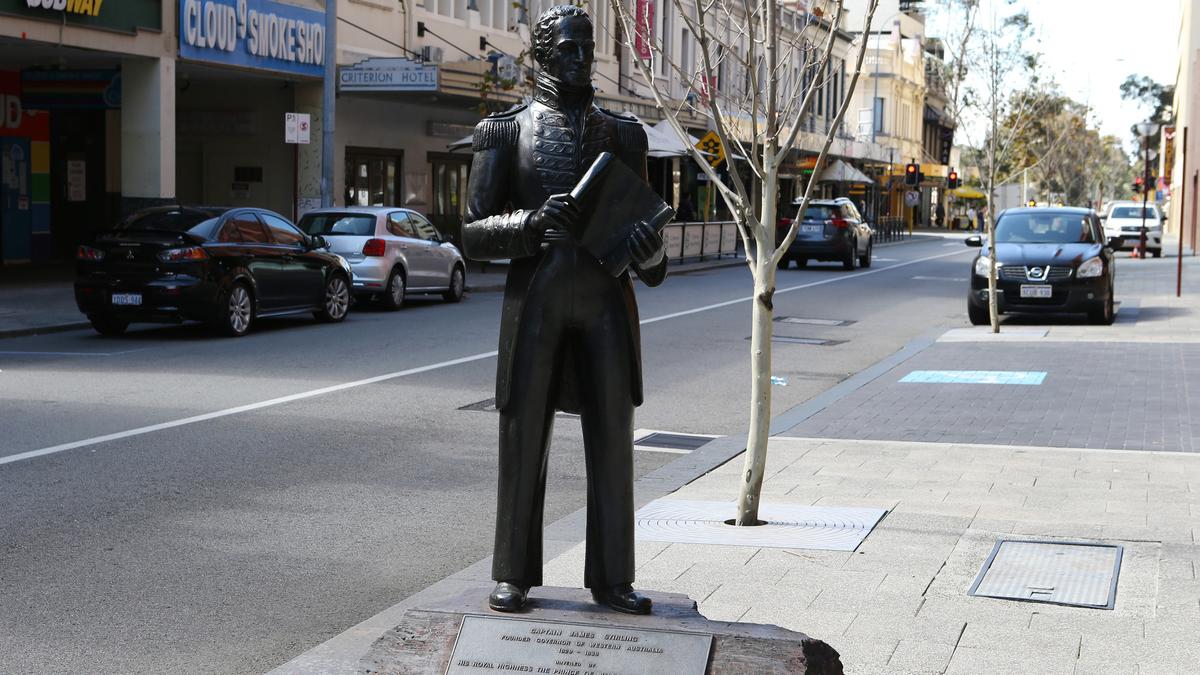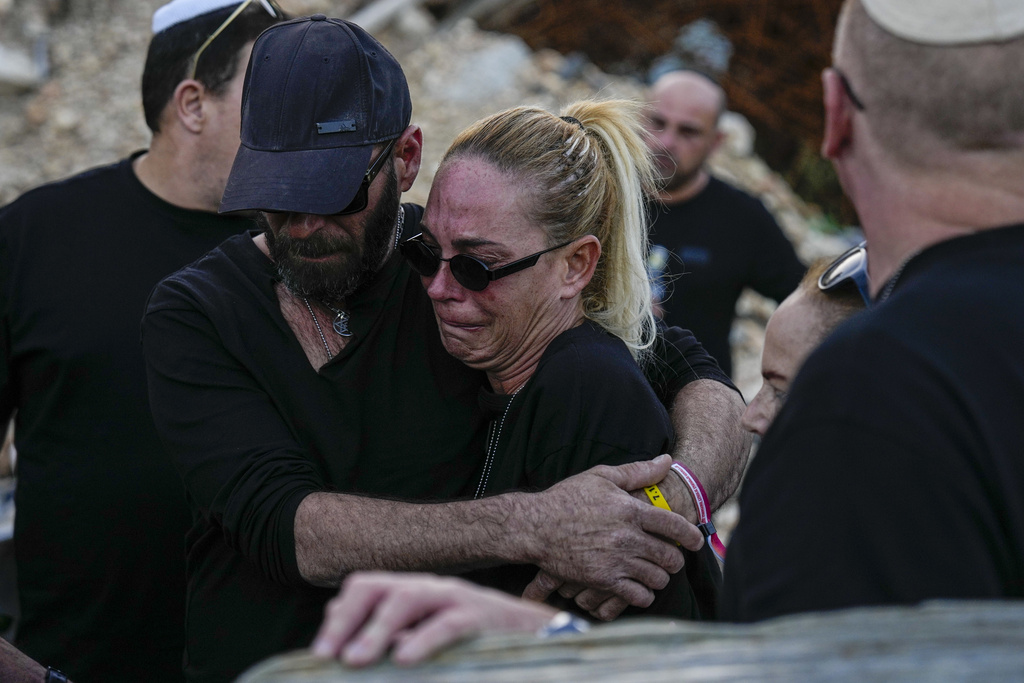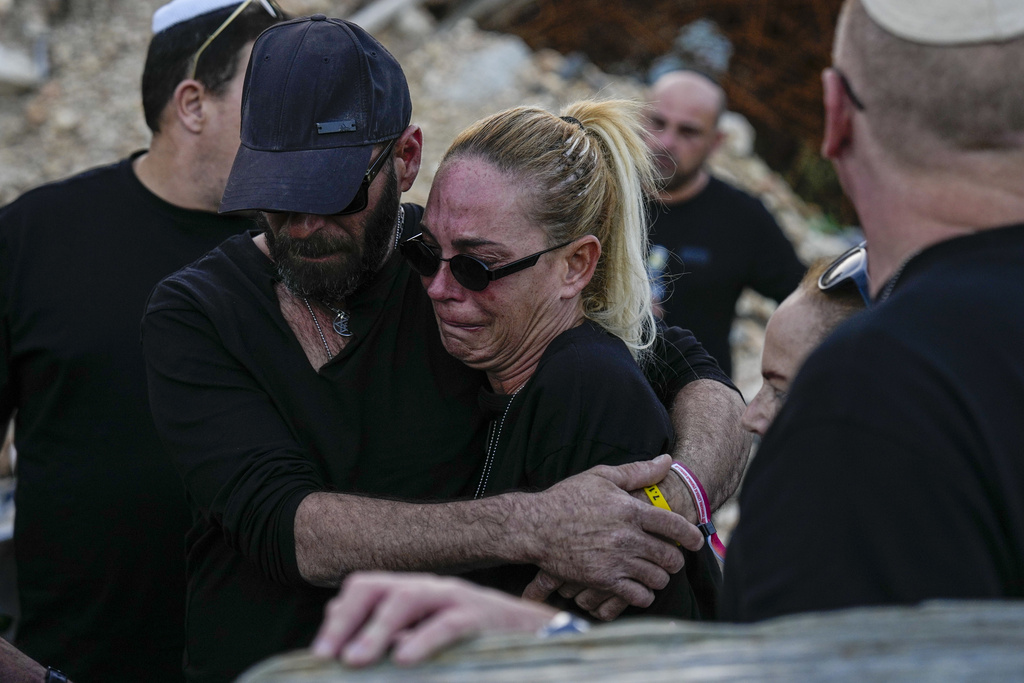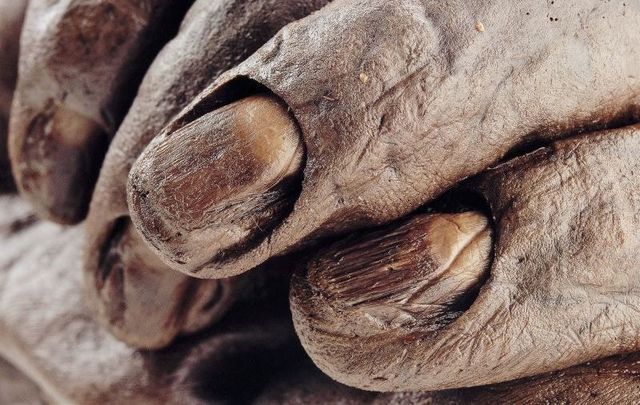Nearly half a century since the gravestone of Western Australia’s first governor, James Stirling, was found smashed in a pile of rubble in an English churchyard—and more than 40 years since it was reassembled and relocated—it is now deteriorating and seemingly all but forgotten.
A decade after his actual grave, which also contains his wife Ellen, was finally pinpointed by a dedicated team of heritage enthusiasts in Perth and Britain, it remains hidden away against a fence line and under overgrown shrubs.
### Stirling’s Later Life and Burial
After leaving the Swan River Colony in 1839, Stirling continued his naval career, eventually becoming an admiral in 1862. He died in Guildford in Surrey on April 22, 1865, and was buried at St John’s Stoke Guildford, England. His wife Ellen joined him nine years later.
### Discovery and Restoration of the Gravestone
One of the driving forces behind discovering Stirling’s fate, Perth resident and Stirling researcher Sid Breeden, revealed that around 1974 the gravestone, along with others, was unwittingly bulldozed during construction work.
In 1977, Channel 9 Perth producer John Izzard was in England filming a documentary series ahead of Western Australia’s 150th sesquicentennial year in 1979. When Izzard visited the church, he found Stirling’s gravestone in eight pieces beneath a pile of grave rubble that was set to be taken to a rubbish dump, Breeden explained.
The stone was reassembled in 1978 and placed in an alcove adjoining the church when the Stirling Centre opened in 1981. The event was marked by WA Agent General Les Slade. The Western Australian government had donated $5,000 towards the centre, while expatriate Western Australians in Britain and Europe, along with others with business interests in WA, contributed to its total cost of $175,000 (approximately $360,000 today).
### Decline and Efforts to Preserve the Memorial
Breeden said he visited the gravestone in its alcove in 2010 and was shocked to find it in a neglected state. He pushed for it to be cleaned and tidied, which led the WA Agent General’s office to arrange for a replacement memorial design to be positioned in the churchyard grounds.
In April 2015, then Premier Colin Barnett announced that the WA government had committed $40,000 to support the replacement or renovation of Stirling’s headstone.
### Pinpointing the Actual Grave
In July 2015, after researching church records, a local and international team of researchers—including heritage advocate Donna Collinson, who lives near the church—pinpointed Stirling’s actual grave location. It was found on a fence line separating the current churchyard from adjacent land that was deconsecrated in the mid-1970s.
A Surrey County Council monument report from June 2017 stated that on May 31, 2017, the Diocese of Guildford announced the discovery of a vault following a small exploratory excavation. The vault’s nameplate indicated the remains of James and Ellen Stirling, confirming the lost grave’s location.
The council report added that work was underway to replace the aging Stirling granite memorial stone with a similar upgraded memorial, close to the original burial site.
### Family and Community Reactions
In 2017, Ed Buckley, one of Stirling’s descendants, expressed elation over the gravesite discovery and said he wanted to continue working with the church.
“If the state of Western Australia wants to help now the remains have been discovered—whether by providing a memorial stone or improving the centre attached to the church—then we would support that,” he said.
However, more than eight years later, the matter appears to have stalled.
Breeden noted that the burial site and relocated gravestone have continued to languish. He hopes a new memorial can be erected in the western churchyard near Stirling’s actual gravesite in time for Western Australia’s bicentenary in 2029.
Miss Collinson strongly believes the WA government should do all in its power to ensure that the new memorial—designed and agreed upon in 2011—goes ahead. She said the memorial could be placed respectfully over part of Stirling’s actual grave and protected by a Surrey County Council Historic Environment Record.
### Official Responses
A Diocese of Guildford spokesperson told *The West Australian* that they regretted the damage and displacement of headstones, including the Stirlings’, during 1970s building work.
“While there are no proposals to build a memorial at present, careful consideration is being given to future plans—including an appropriate replacement headstone that honours his memory, addresses the concerns of Sir James Stirling’s descendants, and brings about a sense of closure,” the diocese said.
A State Government spokesperson added: “In 2029, Western Australia will mark 200 years since the establishment of the Swan River Colony. The WA Government has engaged in preliminary discussions with key stakeholders to ensure an inclusive experience for all Western Australians.”
### Stirling Statue in Perth
A statue of Stirling was unveiled in 1979 by Charles, then Prince of Wales, as part of the state’s 150th anniversary. It was originally located in front of the old R&I Bank head office in Barrack Street, which was demolished in 1996. The statue was eventually installed outside the City of Perth Library on Hay Street but is currently in storage due to facade works on the building. The City says the statue is due to be reinstalled outside the library by the end of October.
—
As Western Australia approaches its bicentenary in 2029, there remains hope that the memory of its first governor, James Stirling, will be appropriately honoured both in England and at home.
https://thewest.com.au/news/wa/first-wa-governor-james-stirlings-final-resting-place-all-but-forgotten-under-bushes-in-british-churchyard–c-20026937



